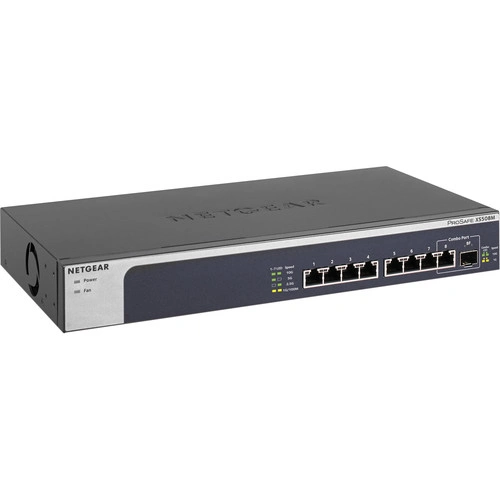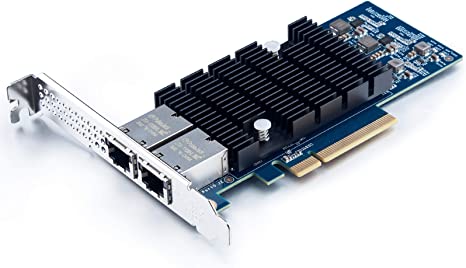My Most Comprehensive Guide to Upgrading your Small Business Network
A recent inquiry from a Westchester resident who became client of mine, made me better understand that it can be helpful to the viewers of my website if I can describe not only the IT work I have done for him but also the benefits and the steps required for upgrading a home or a small business network.
First of all, IT support does not only mean supporting users in their software or hardware needs but it also requires a specific knowledge of how networks work. As a matter of fact, networking is that invisible element of Information Technology that deals with the connection of all the devices to the local area network (LAN) and to the Internet. Networking also refers to the shared resources and devices that are hooked up to the same or other networks.
Why then people or IT consultants decide to upgrade a network?
Also, what does it mean “upgrading a network”?
Are the requirements for upgrading the same for each business or do they depend on geolocations and vary if users are in Westchester county, Connecticut or New Jersey?
The main reasons why networks are upgraded can be several and I can list them here:
1- Users in the same network need more Internet speed;
2- Users need faster WIFI coverage and speed;
3- Users need to share files and folders more quickly within the same network (LAN);
4- Business owners can decide to convert a home network into a small business network and hire more employees, which means more computers, printers and smartphones will share the same network resources. A friend of mine decided to open his own business at home, hired more people and quit a job that forced him to commute to work every day.
Answering the second question means that we all have to agree on the meaning of the expression “Upgrading a Network”. Upgrading a network can mean two things:
1- Upgrading the Internet speed: more Internet speed is required if the house is larger than 2,500 square feet and there are more than 7 people and devices connected to the network. in a previous post, I have described how to check for wifi deadspots in your house. In this case, after having upgraded the Internet speed, it would be enough to get the most up to date version of the WIFI 6 router your ISP has.
2- Upgrading all the network devices in your network to 10 GB LAN speed which has nothing to do with the Internet speed. A 10 GB network is necessary, if devices share multiple files and folders and servers need to serve files and folders to workstations located in the same local area network.
Usually no IT support is needed for upgrading Internet speed, but experience in the IT field is required to setup a 10 GB network.
The project I took up for my client was the upgrade of the internal network to 10 GB speed because his main goal is to share files and folders within the same network as fast as possible.
- The first thing I did was to make him aware that all the network infrastructure needed to be replaced, including the Ethernet wires. Old Cat 5e wires have been upgrade to Cat 6A network cables.
- Secondly, I got him an 8 ports 10 GB network switch from Netgear such as the one shown in the picture below:

As of this article, 8 ports 10 GB RJ45 switches are still the most popular. Some may complain about such a short number of ports, but the lack of extra ports is due to the fact that 10 GB networks are still not very popular and that not all the devices need to be hooked to a 10 GB network. For example, if you have 7 workstations and 3 printers, only the workstations have to be plugged in into the 10 GB switch. The printers’ network cards do not support 10 GB network yet. Also, if your business has an on the premises Windows server, the server has to be plugged in to the 10 GB switch, if the server has a 10 GB card.
- Third, I have him purchase 10 GB network cards like the one here:

A Network Interface Card with two RJ 45 ports allows to configure the 2 ports in NIC Teaming, that is, if one fails, the other jumps in to continue the job. These type of cards are also very helpful in a server environment: if the server detects the fault condition, the traffic is moved automatically to the second NIC. These cards need to be professionally installed by a computer expert into the motherboard of a desktop computer. Before the installation, the card manufacturers should give you a link to its website to download and install the corresponding drivers.
After all the equipment and the network have been upgraded to 10 GB, the rate of transfering files should increase and look like the following picture:

You should notice a 30 per cent speed increase. 10 GB network can allow users to send a 20 GB file in under 20 seconds. Another benefit of using a 10 GB network is when a business network uses a Network Attached Storage (NAS) to backup and or restore files from computers. However, not all NASes have 10 GB network cards. If IT technicians cannot replace the nas’ nic with a 10 GB network card, I recommend to install a NVME hard drive for caching purposes in the NAS so that file transfer will accelerate.